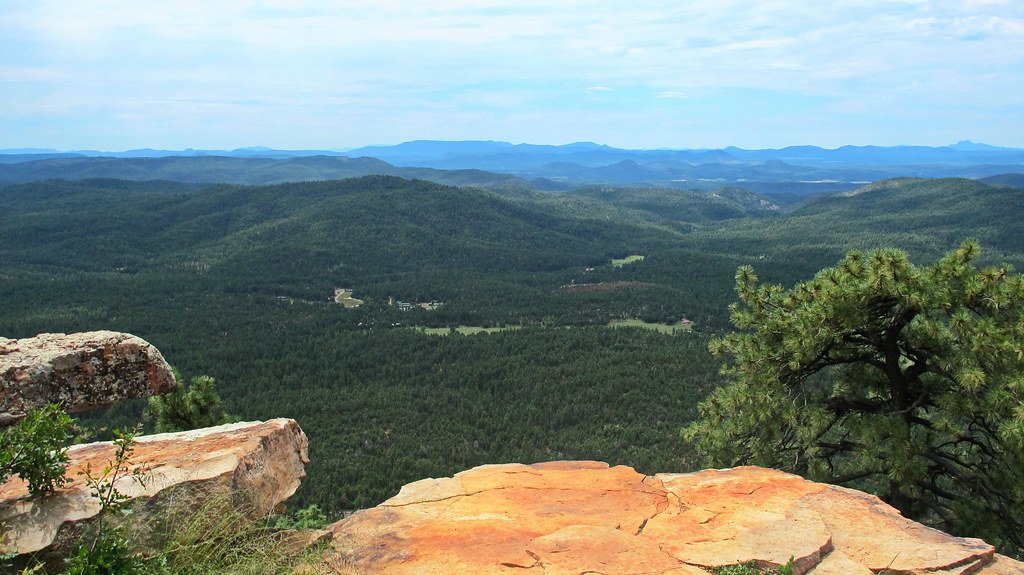Imagine descending into a vast, gaping hole in the earth—only to find yourself in a lush, secret world where ancient trees tower overhead, rare plants thrive in silence, and sunlight filters down in golden beams. In the limestone heartlands of China, enormous sinkholes are not just geological curiosities—they are gateways to some of the planet’s most mysterious and untouched forests. These green sanctuaries, hidden from human eyes for centuries, are rewriting what we know about biodiversity, evolution, and the resilience of nature.
The Birth of China’s Giant Sinkholes

China’s sinkholes, known locally as “tiankengs,” are born over thousands of years through a process called karstification. Rainwater, slightly acidic from absorbing carbon dioxide, seeps into cracks in the limestone bedrock. Over time, this water dissolves the rock, creating vast underground caverns. When the cavern roofs collapse, they leave behind enormous vertical pits—some more than 1,000 feet deep and wide enough to swallow city blocks. The most famous of these landscapes lies in Guangxi and Chongqing, where the earth seems to open up in spectacular fashion. These sinkholes can form suddenly or evolve over centuries, creating natural amphitheaters that few people have ever set foot inside.
Nature’s Perfect Greenhouses
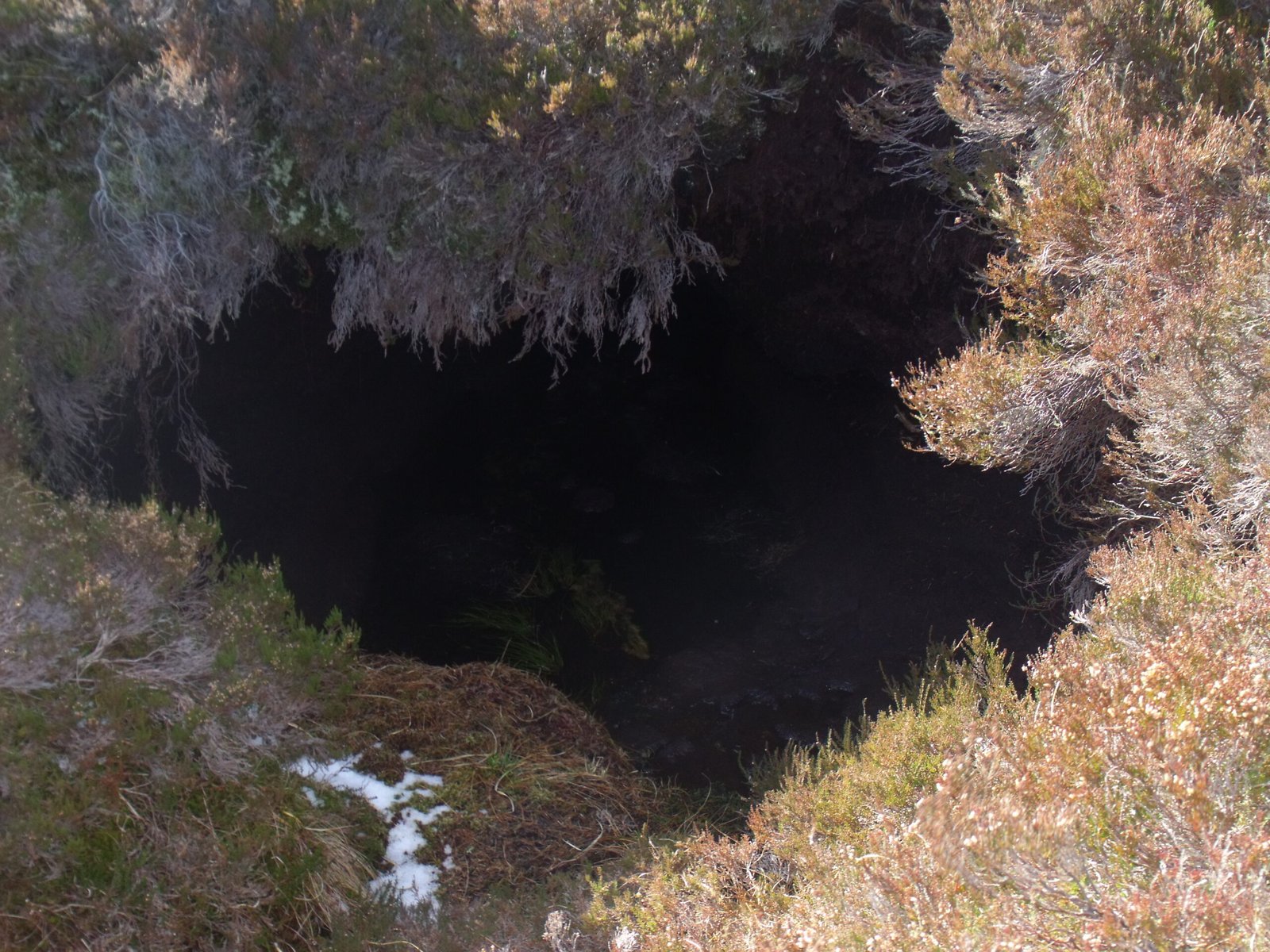
The sheer depth and isolation of these sinkholes create microclimates unlike anything above ground. The walls of the tiankengs shield their interiors from harsh winds, rapid temperature changes, and human interference. Moisture from underground streams and trapped rainfall sustains a permanent, humid environment, making the perfect greenhouse for plant life. Researchers have found that some sinkhole forests are so dense and unique that they harbor species found nowhere else on Earth. The steep, sheltered sides mean that plants and animals here are protected from invasive species and the ravages of modern agriculture.
Ancient Trees and Lost Species
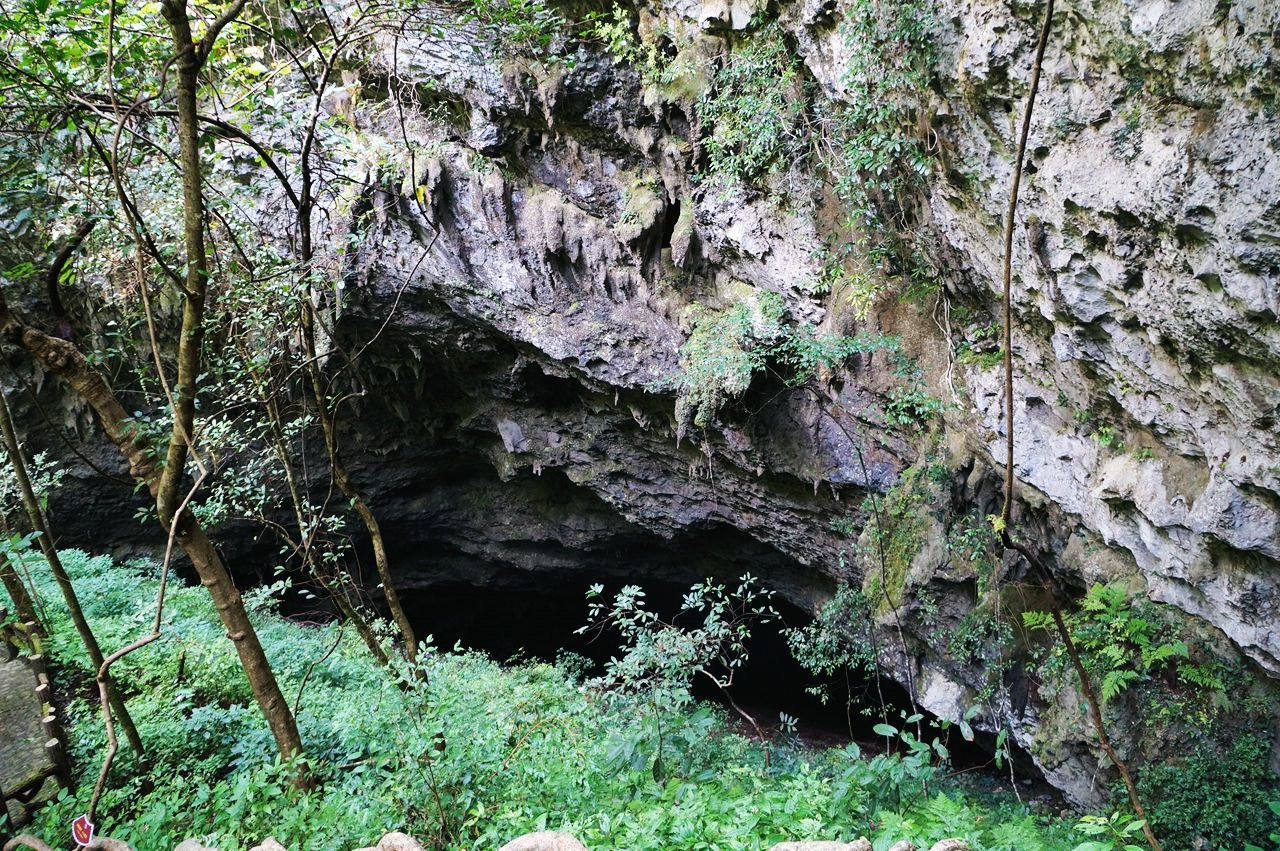
Stepping into a Chinese sinkhole forest is like walking into a lost world. Botanists have documented ancient, towering trees that may be hundreds of years old, with thick trunks and canopies that block out the sun. Many of these trees, like the rare ginkgo or certain species of magnolia, have disappeared from surrounding lands but survive untouched in these hidden gardens. Scientists have even discovered new species of ferns, mosses, and flowers nestled in the cool, shaded undergrowth. These forests serve as living museums, safeguarding genetic lineages that have thrived since the age of the dinosaurs.
Extraordinary Animal Life
The sinkhole forests are not just a haven for plants; they are home to a remarkable array of animals as well. Salamanders, frogs, and insects that are rarely seen elsewhere flourish in these moist, protected environments. Some sinkholes have become refuges for endangered species, like the Chinese giant salamander, which can grow up to six feet long and is one of the world’s most threatened amphibians. Birds, bats, and even small mammals find shelter among the dense foliage and cavernous walls, creating entire ecosystems that are largely self-contained and self-sustaining.
Astonishing Biodiversity Hotspots
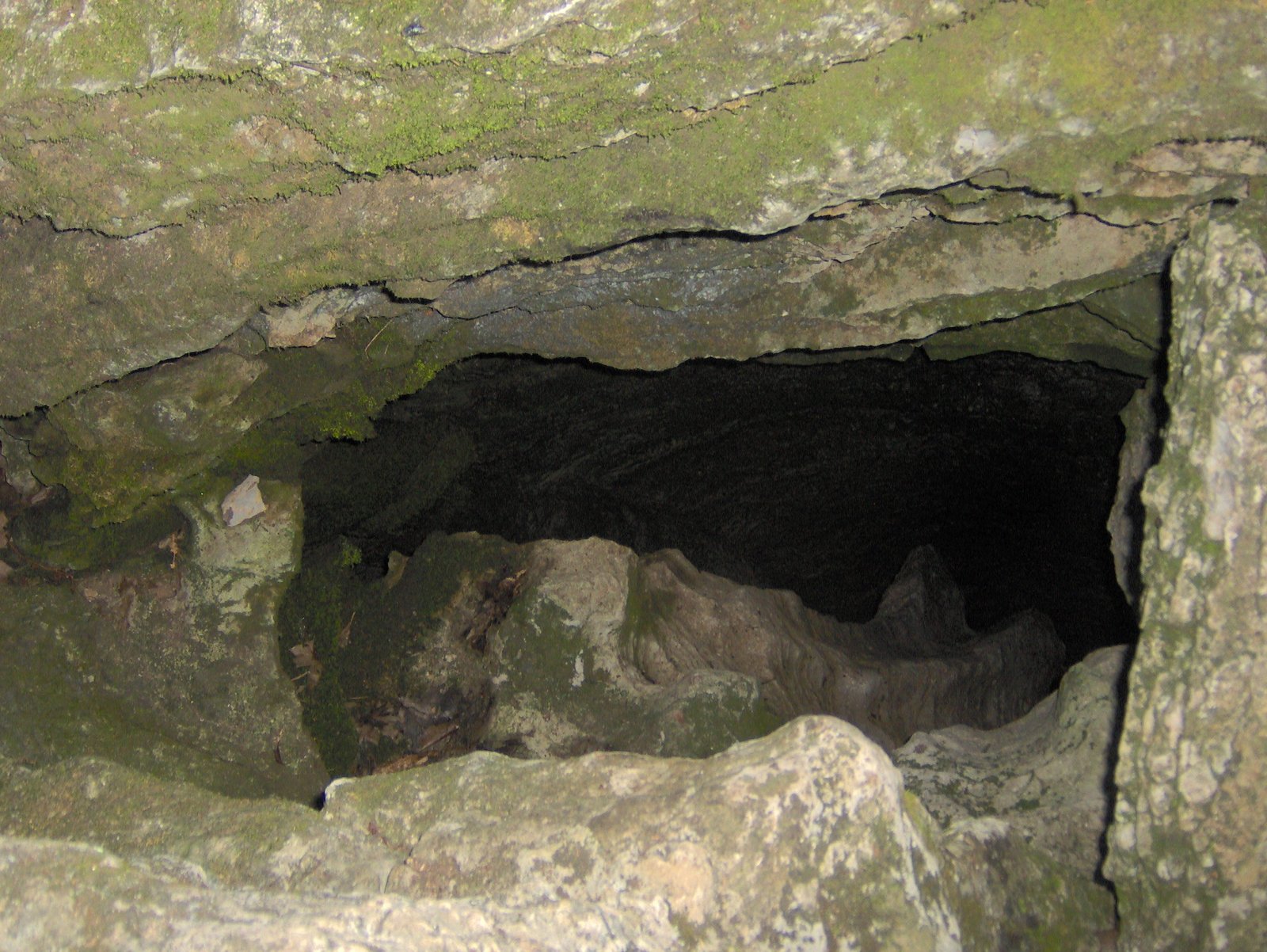
What makes these sinkhole forests so scientifically exciting is their extraordinary biodiversity. In some recently explored tiankengs, scientists have documented hundreds of plant species within a single sinkhole—sometimes more than in entire regions above ground. The isolation of these environments means that evolutionary processes can take unique paths, fostering the development of new species or unique adaptations. Each sinkhole acts as a natural laboratory, offering clues about how life can persist and diversify under challenging conditions.
Sinkholes as Windows into Earth’s Past
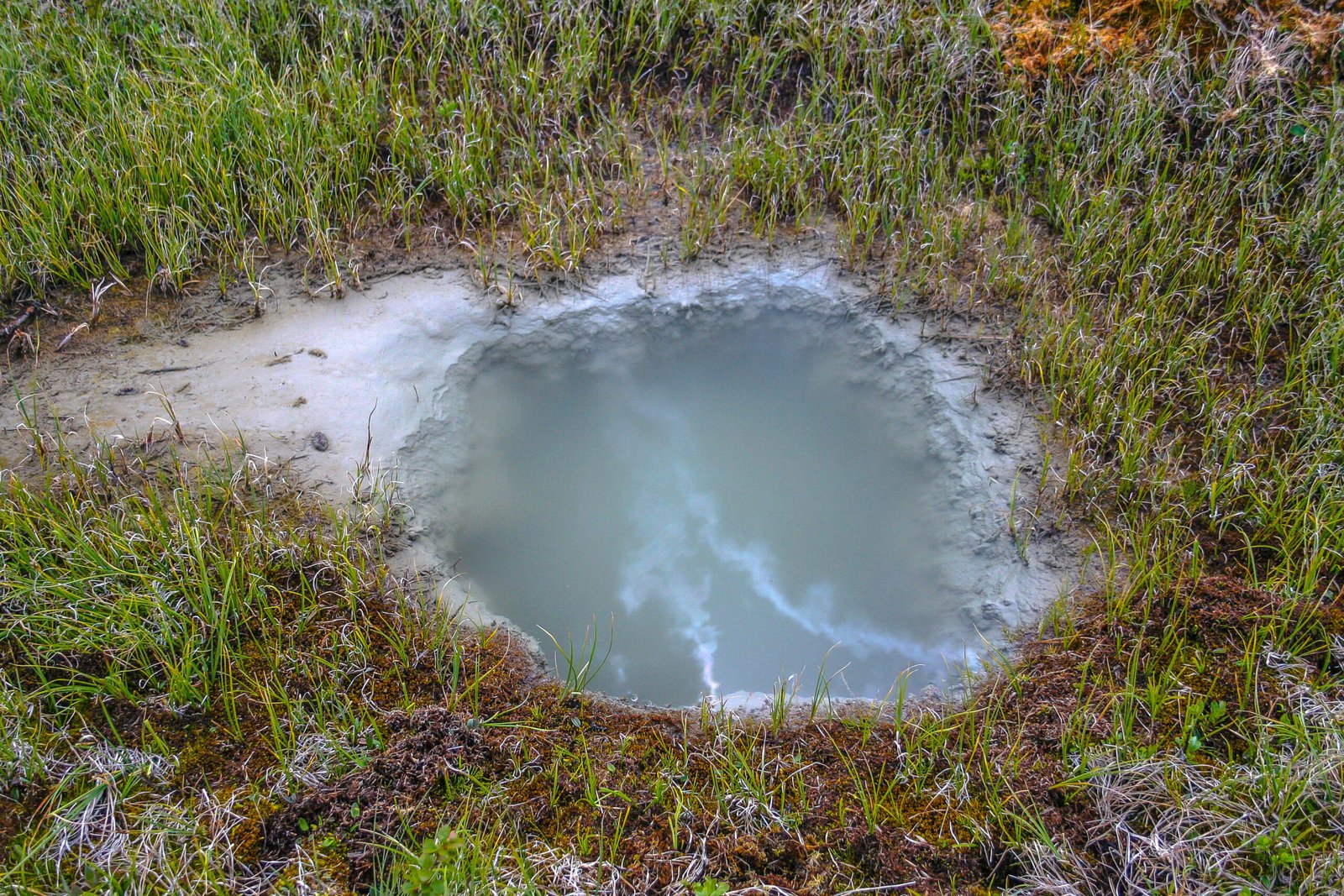
These hidden forests are more than just beautiful—they are time capsules. Because they have been isolated for so long, the species living inside often retain ancient traits lost elsewhere. Studying them helps scientists piece together the ecological history of the region and understand how climate change or human activity has shaped the world. Some researchers even believe these sinkholes could reveal how life survived during ancient mass extinction events, providing vital information for conservationists today.
Human Exploration and Discovery
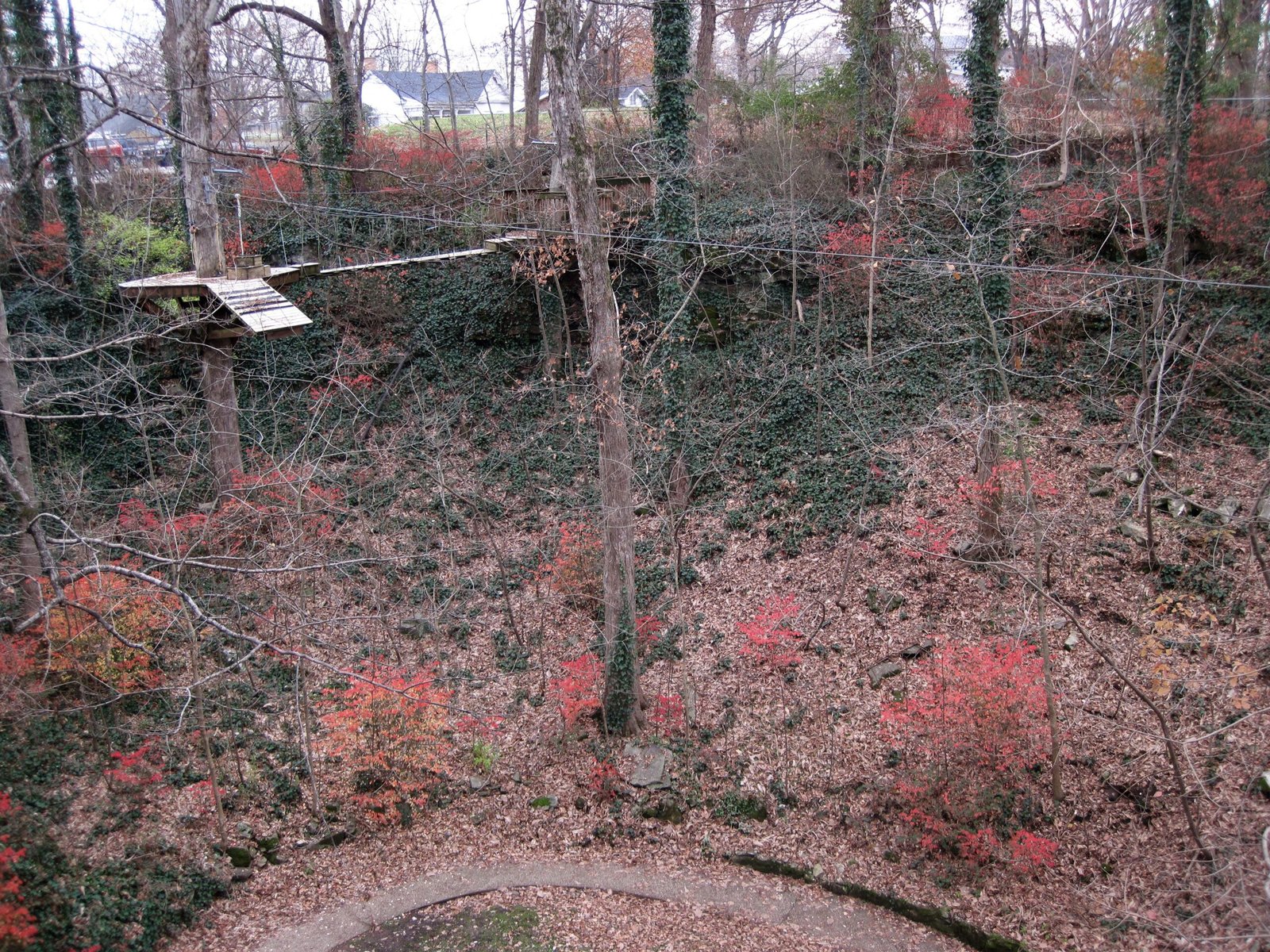
Despite their size, many of China’s sinkholes remained unexplored until very recently. Harsh terrain, remote locations, and sheer vertical drops kept them hidden from all but the most adventurous explorers. In recent years, teams of scientists have rappelled down their sides, sometimes using drones and special climbing gear to reach the forest floor. The sense of discovery is palpable—one biologist described the experience as “stepping into a prehistoric paradise.” Each expedition brings new surprises: unknown plants, unique insects, and the occasional fossil hinting at the region’s ancient history.
Conservation Challenges and Opportunities

The discovery of these unique forests has sparked excitement but also concern. As word spreads, there is a growing risk of disturbance from tourism, illegal plant collection, and pollution. Conservationists are working closely with local communities and government agencies to protect the sinkholes. Some areas are being designated as protected reserves, while scientists are cataloging the species within to better understand their needs. The challenge is to balance the desire for discovery with the urgent need for preservation, ensuring these fragile ecosystems survive for generations to come.
Inspiring Awe and Wonder
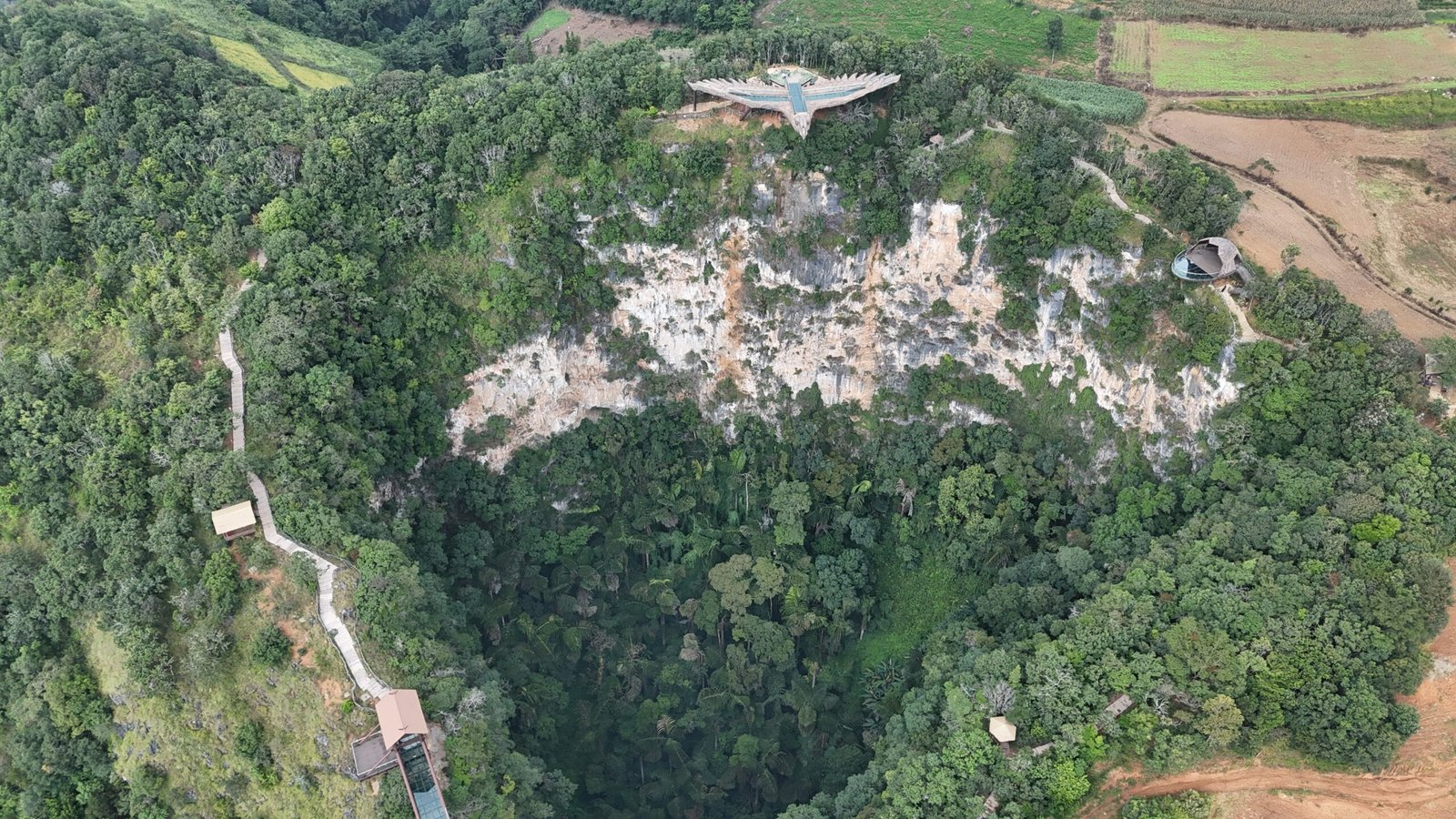
For many, the existence of forests hidden inside sinkholes is a reminder of nature’s capacity for surprise and resilience. These places evoke a sense of awe—like finding a secret garden, untouched by time, thriving in the unlikeliest of places. They challenge us to rethink our assumptions about where life can flourish and how much of our planet remains undiscovered. The hidden forests of China’s sinkholes inspire not just scientists, but anyone who dreams of exploration and the mysteries that still lie beneath our feet.
The Ongoing Search for the Unknown
With new sinkholes still being discovered and explored, the story of China’s subterranean forests is far from over. Each year, advancements in technology—like satellite imaging and drone mapping—reveal more potential sites for study. Scientists believe that many more tiankengs remain hidden, waiting to yield their secrets. These ongoing explorations promise not only new species and scientific insights but also the thrill of venturing into the truly unknown.
A Legacy for the Future
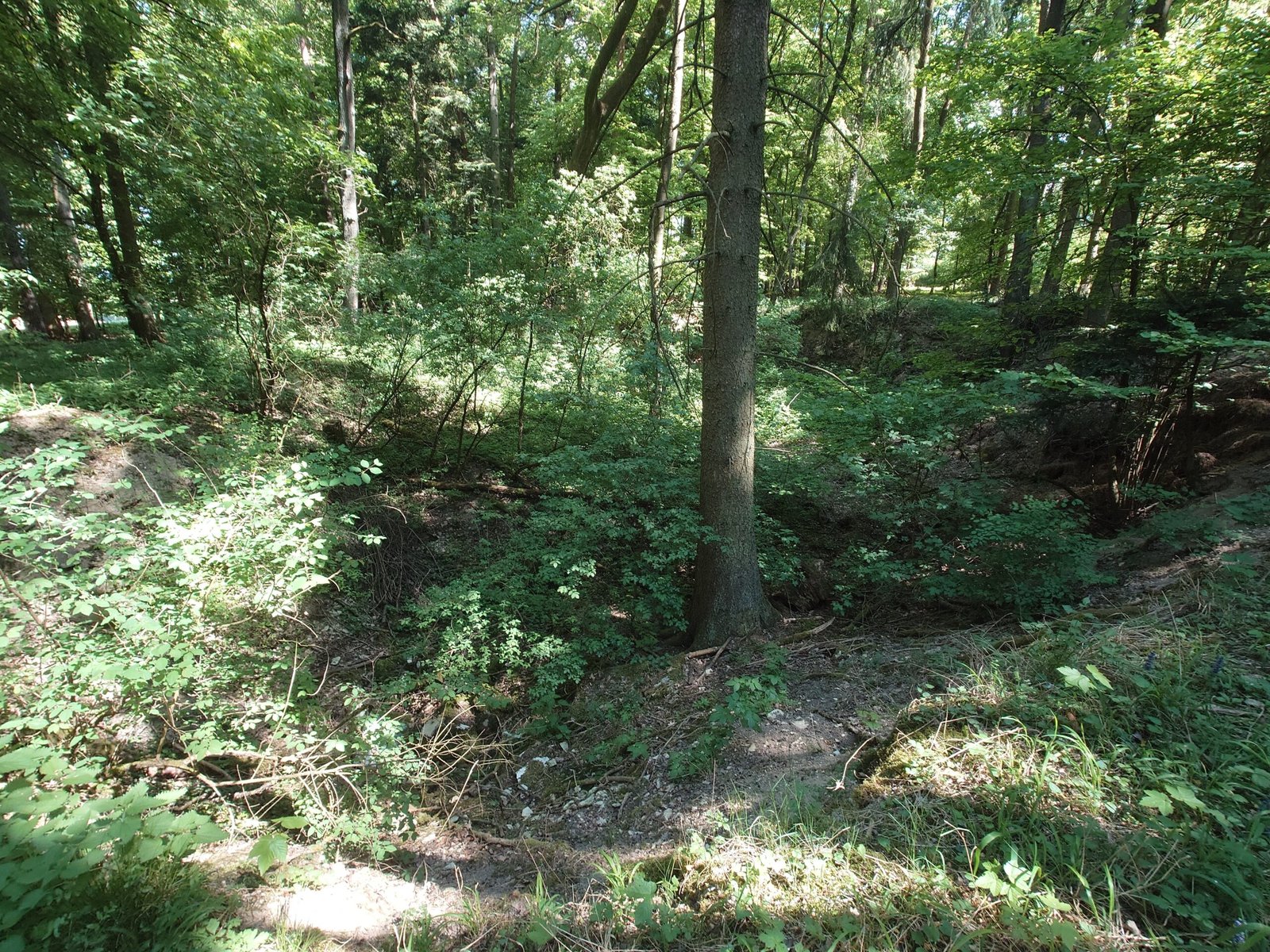
The forests growing inside China’s sinkholes are more than natural wonders—they are critical sanctuaries for life, hope, and scientific discovery. As our world faces unprecedented environmental challenges, these green refuges offer lessons in adaptation, resilience, and the importance of protecting what we cannot easily see. The hidden forests stand as living proof that, even in the most unexpected places, nature finds a way to endure and astonish.

